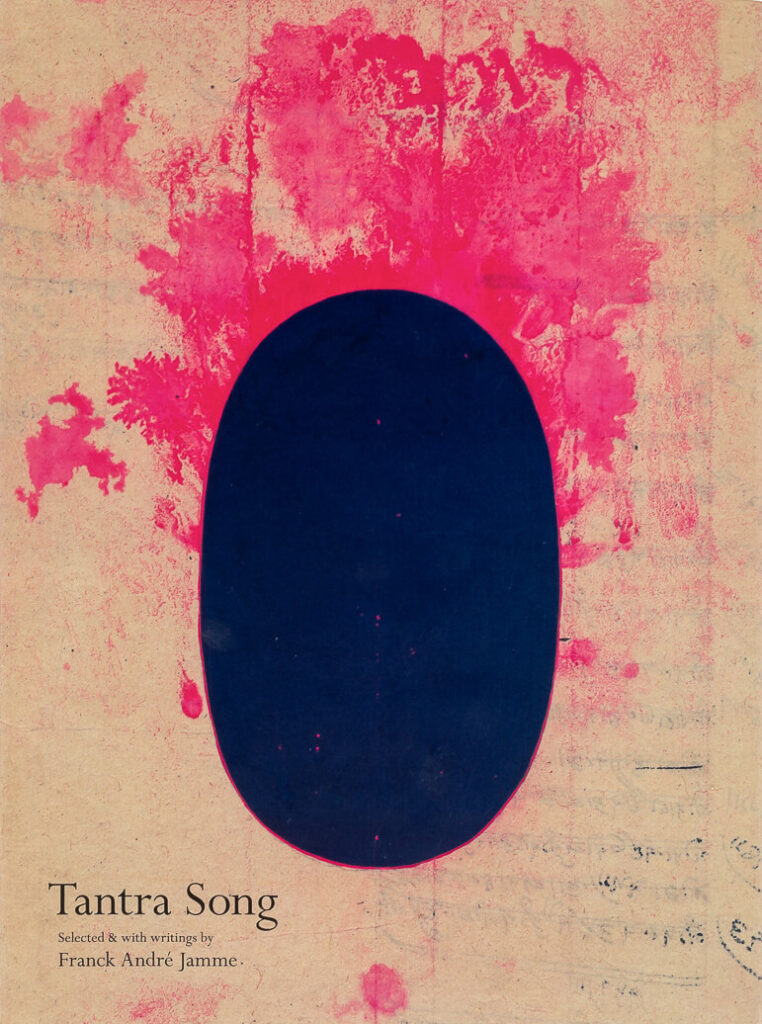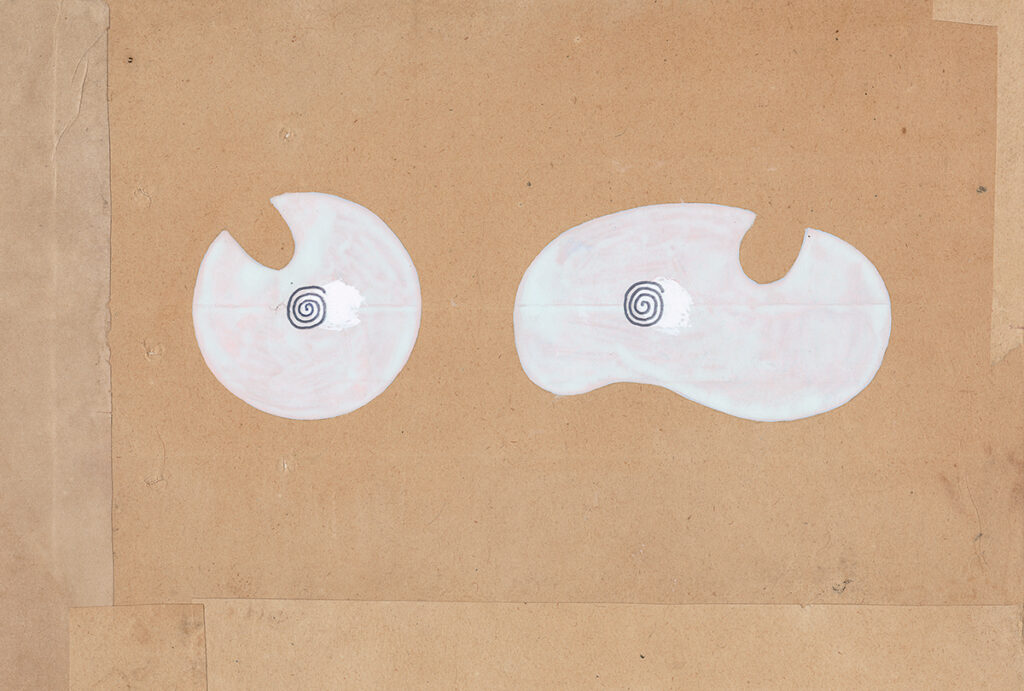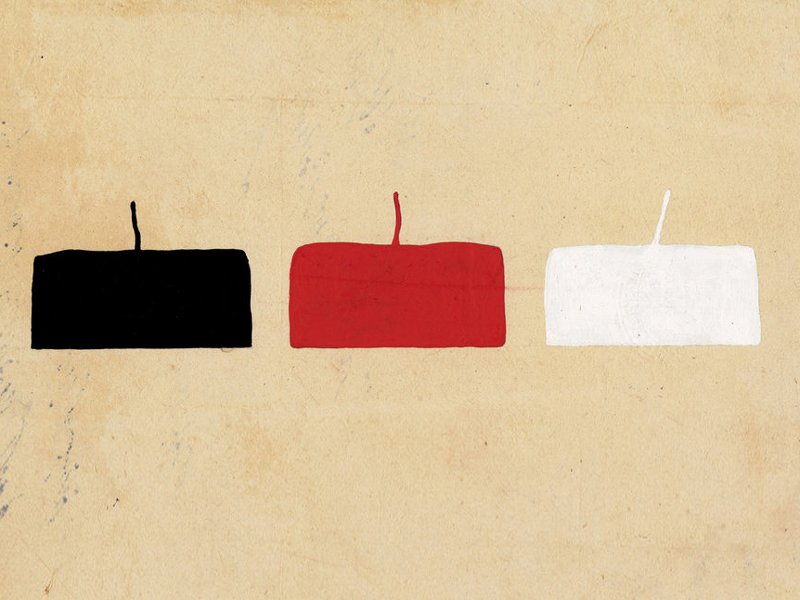“We would do well to listen to their quiet frequencies”Craig Olson, The Brooklyn Rail
reviews, 10/11/12
Those who feel the truth of 14th century German theologian Meister Eckhart’s words, “When the soul wants to experience something she throws out an image in front of her and then steps into it,” might do well to consider Franck André Jamme’s latest book, Tantra Song: Tantric Painting from Rajasthan from this point of view. It is an evocation of the image as a threshold leading to new dimensions of meaning, a revelatory understanding that some images are more than mere data; they are instead vital seeds, living carriers of possibility.
Born of 25 years worth of research, travel, and involvement, this book offers a selection of rare, abstract Hindu tantric paintings culled from Jamme’s personal collection. It’s an exceptional example of beautiful obsession by a self-proclaimed passionate amateur (Jamme, one of France’s leading contemporary poets and the author of more than a dozen books, clearly states in the text that he is not an expert on these mysterious paintings). For anyone who has followed Jamme’s efforts on this side of the Atlantic, an exhibition at the Drawing Center in 2004 – 2005, and a selection of Shiva Linga paintings shown at Feature, Inc. in 2007, this book is an invaluable companion offering rare insights and information into these mysterious works.
For those who haven’t followed, the paintings reproduced in this book are Hindu meditation aides, all completed within the last 26 years, painted by anonymous artists from India’s largest state, Rajasthan. All are done on found pieces of paper, and are used primarily for “visualization,” a practice in which you stand in front of the piece for several minutes, letting the image fill your mind and cancelling out everything else. Later, this image and its constellation of meanings can be recalled at will. The author explains that the earliest known images of the kind represented in this book appear in 17th century hand-written, illustrated religious treatises known as tantras. These images, together with their treatises, were copied anonymously over and over throughout the centuries. The images, however, were also copied independently of the texts on separate sheets by adepts or tantrikas, initiates in the vocabulary and ritual that surround these objects. Often created secretly within families or groups practicing tantric ritual, or carried by wandering ascetics, or sudhus, they are not really pure creations per se, but designs passed from one generation to the next, varying slightly with each tantrika’s abilities and awareness. …
Originally published in the October 2011 issues. Continue reading at the Brooklyn Rail
see also
Books
Tantra SongTantric Painting from RajasthanTranslated by Michael Tweed, introduction by Lawrence Rinder, interview by Bill Berkson and essay by André Padoux

Excerpts
How a symbol of god comes alive next to a smudge or smearIntroduction to Tantra Song: Tantric Painting from RajasthanLawrence Rinder

Excerpts
A Silver Lining To All That DarknessBill Berkson interviews Franck André Jamme

✼ the improbable:
from Issue, No. 1 (Time Indefinite), “Dick Higgins, Publisher: Notes Toward a Reassessment of the Something Else Press Within a Small Press History” by Matvei Yankelevich: “To find connections between poetry, small press publishing, and the art scene of the early 1960s, one may look no further than Higgins’ own network.”
[...]